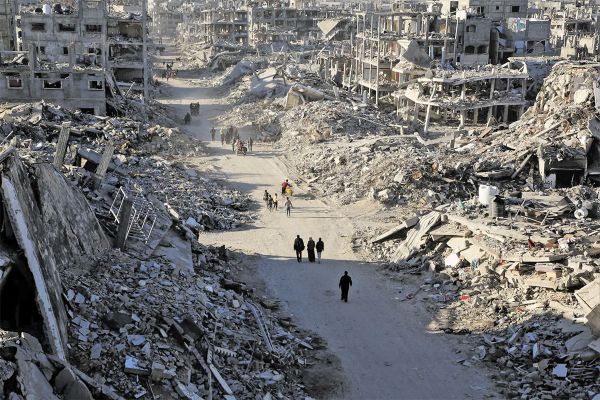FOR nearly two years, Israel has kept Gaza closed to media coverage. International journalists are barred from entering, making the conflict the only modern war without direct access from outside observers.
Meanwhile, local reporters — those closest to the reality on the ground — have become silent targets. They struggle not only with forced displacement and hunger, but also with the constant risk to their lives every time they raise a camera.
To date, at least 210 journalists have been killed by Israeli forces amid the ongoing genocide, with hundreds more injured, hunted, and threatened simply for doing their job: bearing witness to the truth.
Among those killed while reporting in Gaza was Reuters journalist Hussam al-Masri, who died last Monday in an Israeli strike on a hospital. Palestinian journalists Mariam Abu Dangga, Mohammed Salama, Moaz Abu Taha, and Ahmed Abu Aziz were also among those killed in this camera-recorded tragedy.
The ongoing brutality is not only an attempt to blind the world to the suffering of Gaza’s people, but also a direct attack on press freedom and the international community’s right to know the truth. Journalists are being killed, their families devastated, and civilians continue to fall victim to relentless attacks.
Amid the rubble of buildings and the wail of air-raid sirens, the silent cameras tell the story of lives erased, voices silenced, and a regime that treats the truth as its enemy.
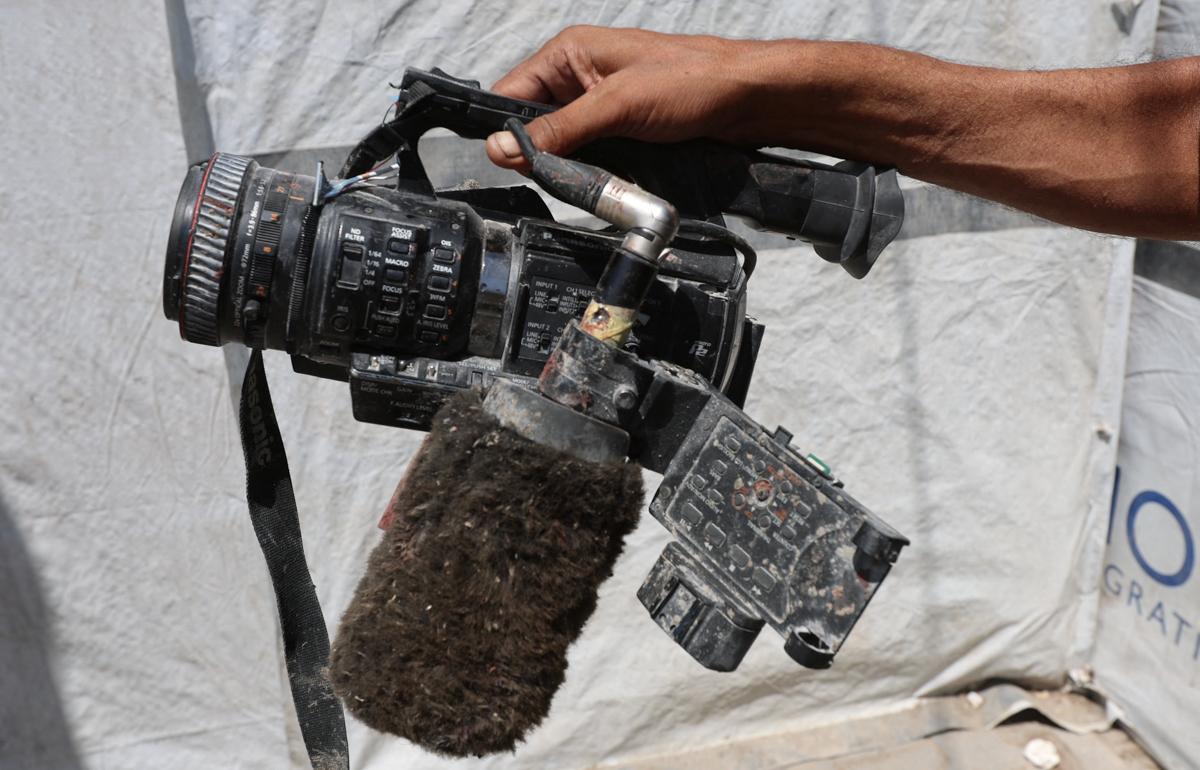 Ezzeldin al-Masri holds the equipment used by his brother, Reuters journalist Hussam al-Masri, who was killed in an Israeli strike while conducting a live video broadcast at Nasser Hospital, Khan Younis, southern Gaza Strip, on August 26, 2025. — Picture by REUTERS
Ezzeldin al-Masri holds the equipment used by his brother, Reuters journalist Hussam al-Masri, who was killed in an Israeli strike while conducting a live video broadcast at Nasser Hospital, Khan Younis, southern Gaza Strip, on August 26, 2025. — Picture by REUTERS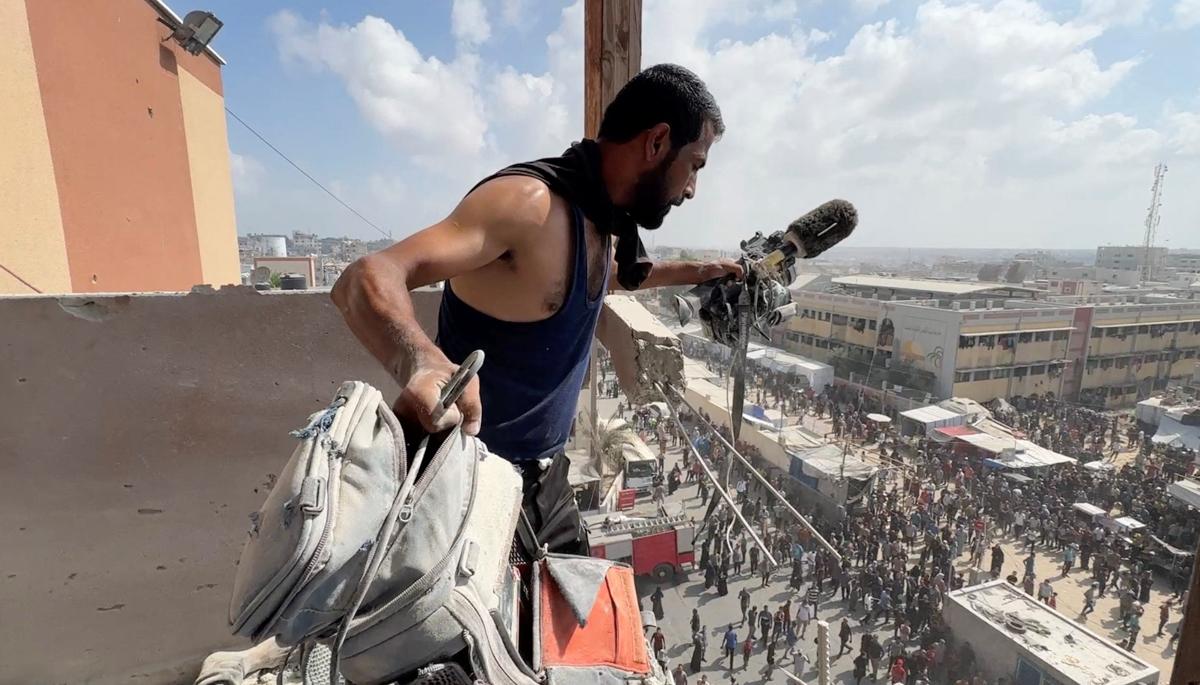 A man holds the equipment used by Palestinian cameraman Hussam al-Masri, a Reuters journalist, at the site where he and other journalists and civilians were killed in an Israeli strike on Nasser Hospital in Khan Younis, southern Gaza Strip, on August 25, 2025. — Picture by REUTERS
A man holds the equipment used by Palestinian cameraman Hussam al-Masri, a Reuters journalist, at the site where he and other journalists and civilians were killed in an Israeli strike on Nasser Hospital in Khan Younis, southern Gaza Strip, on August 25, 2025. — Picture by REUTERS Equipment used by Palestinian cameraman Hussam al-Masri, a Reuters contractor, lies abandoned at the site where he and other journalists and civilians were killed in an Israeli strike on Nasser Hospital in Khan Younis, southern Gaza Strip, on August 25, 2025. — Picture by REUTERS
Equipment used by Palestinian cameraman Hussam al-Masri, a Reuters contractor, lies abandoned at the site where he and other journalists and civilians were killed in an Israeli strike on Nasser Hospital in Khan Younis, southern Gaza Strip, on August 25, 2025. — Picture by REUTERS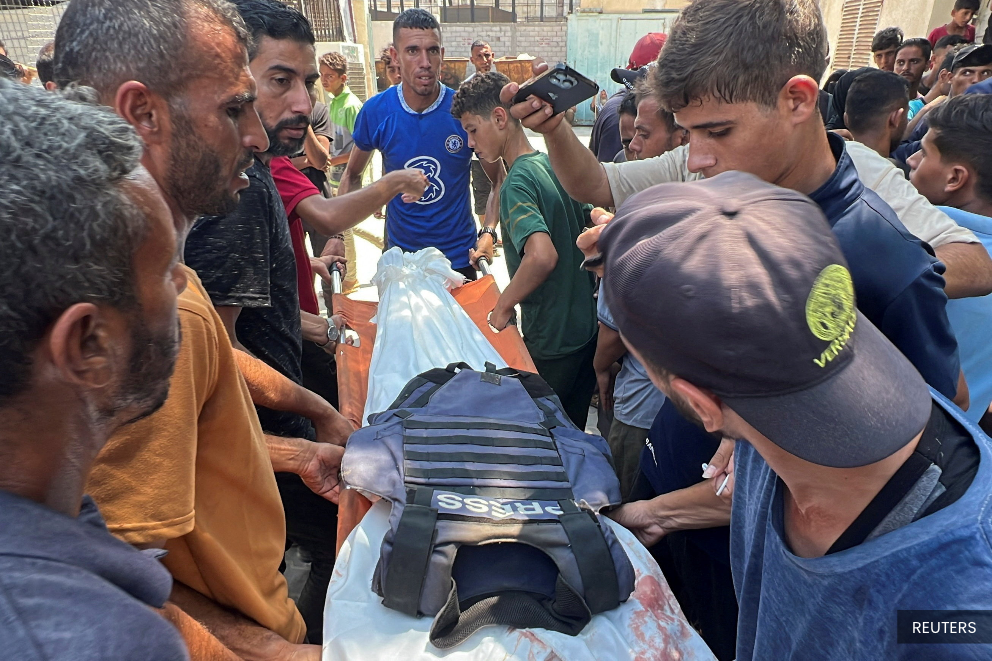 Mourners carry the body of Palestinian cameraman Hussam al-Masri, who was a contractor for Reuters, after he was killed along with other journalists and civilians in Israeli strikes on Nasser Hospital, in Khan Younis in the southern Gaza Strip, August 25, 2025. — Picture by REUTERS
Mourners carry the body of Palestinian cameraman Hussam al-Masri, who was a contractor for Reuters, after he was killed along with other journalists and civilians in Israeli strikes on Nasser Hospital, in Khan Younis in the southern Gaza Strip, August 25, 2025. — Picture by REUTERS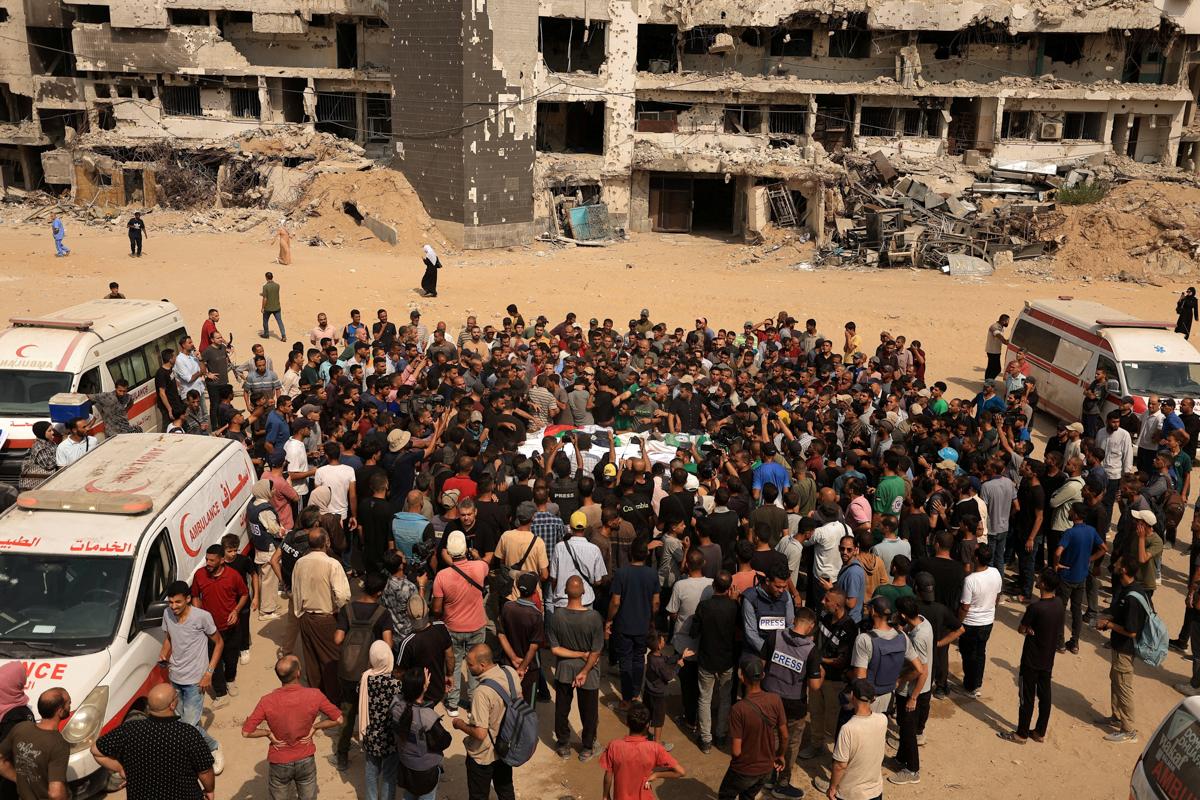 Mourners accompany the funeral of Al Jazeera journalists Anas Al Sharif, Mohammed Qreiqeh, Ibrahim Zaher, Mohammed Noufal, and another colleague killed in an Israeli strike, in Gaza City on August 11, 2025. — Picture by REUTERS
Mourners accompany the funeral of Al Jazeera journalists Anas Al Sharif, Mohammed Qreiqeh, Ibrahim Zaher, Mohammed Noufal, and another colleague killed in an Israeli strike, in Gaza City on August 11, 2025. — Picture by REUTERS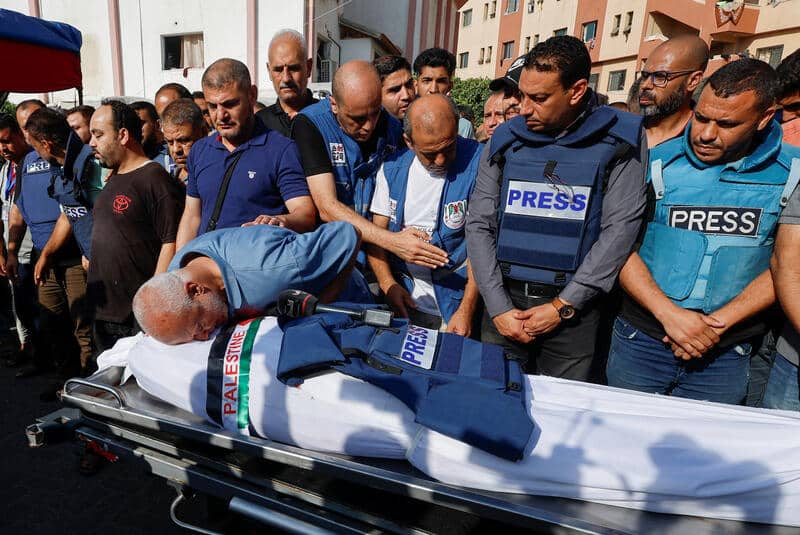 Mourners attend the funeral of Palestinian journalist Mohammed Abu Hattab, who was killed in an Israeli strike, in Khan Younis in the southern Gaza Strip, November 3, 2023. — Picture by REUTERS
Mourners attend the funeral of Palestinian journalist Mohammed Abu Hattab, who was killed in an Israeli strike, in Khan Younis in the southern Gaza Strip, November 3, 2023. — Picture by REUTERS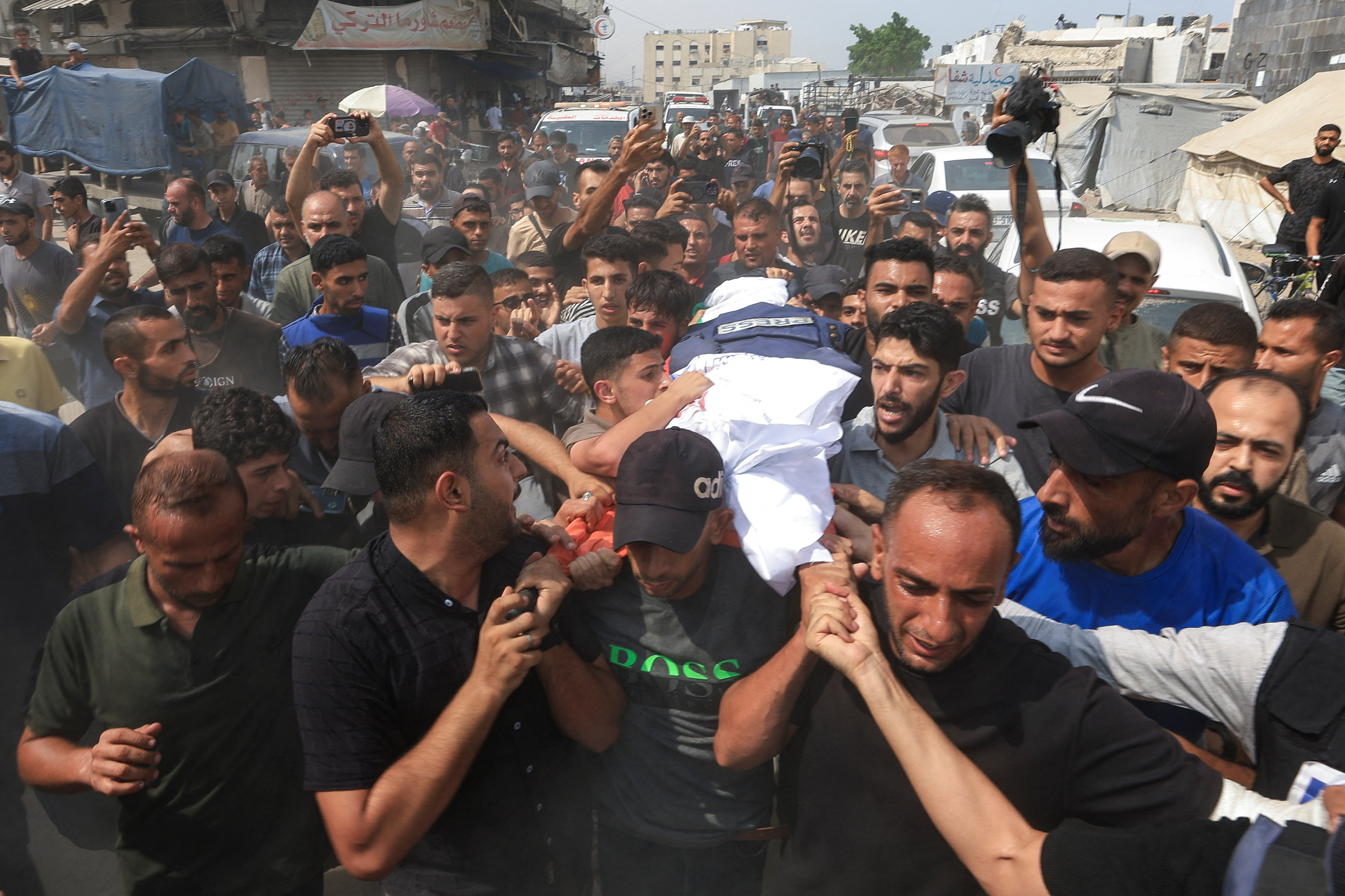 Mourners carry the body of Al Jazeera journalist Anas Al Sharif during a funeral for him, Mohammed Qreiqeh, Ibrahim Zaher, Mohammed Noufal and another colleague, who were killed in an Israeli strike, in Gaza City, Palestine, on August 11, 2025. — Picture by REUTERS
Mourners carry the body of Al Jazeera journalist Anas Al Sharif during a funeral for him, Mohammed Qreiqeh, Ibrahim Zaher, Mohammed Noufal and another colleague, who were killed in an Israeli strike, in Gaza City, Palestine, on August 11, 2025. — Picture by REUTERS Palestinians wait to receive food from a charity kitchen amid a hunger crisis in Gaza City, Palestine, on July 28, 2025. — Picture by REUTERS
Palestinians wait to receive food from a charity kitchen amid a hunger crisis in Gaza City, Palestine, on July 28, 2025. — Picture by REUTERS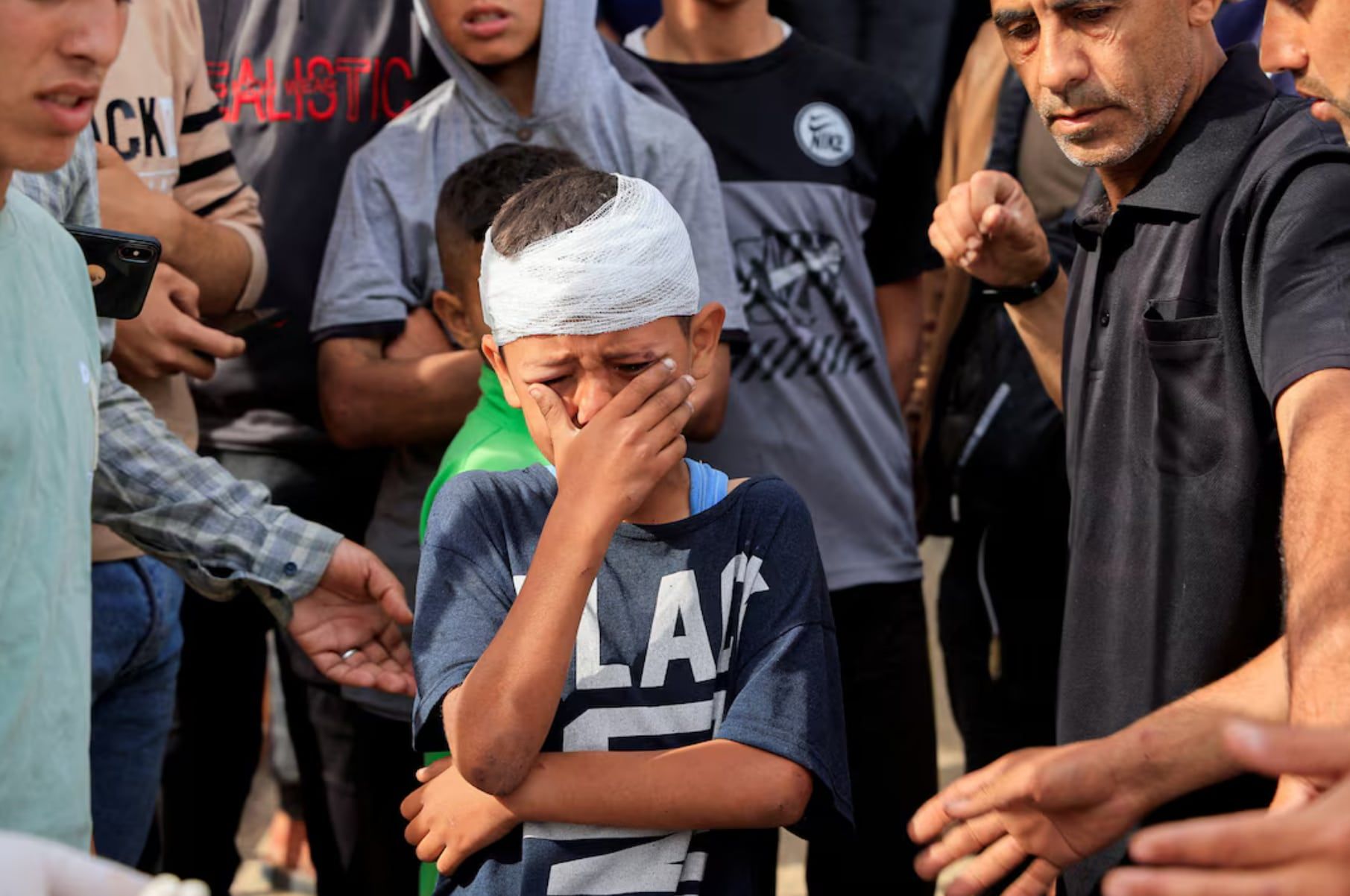 A boy cries after his family was killed by Israeli air strikes in Gaza City, Gaza on May 21, 2025. — Picture by REUTERS
A boy cries after his family was killed by Israeli air strikes in Gaza City, Gaza on May 21, 2025. — Picture by REUTERS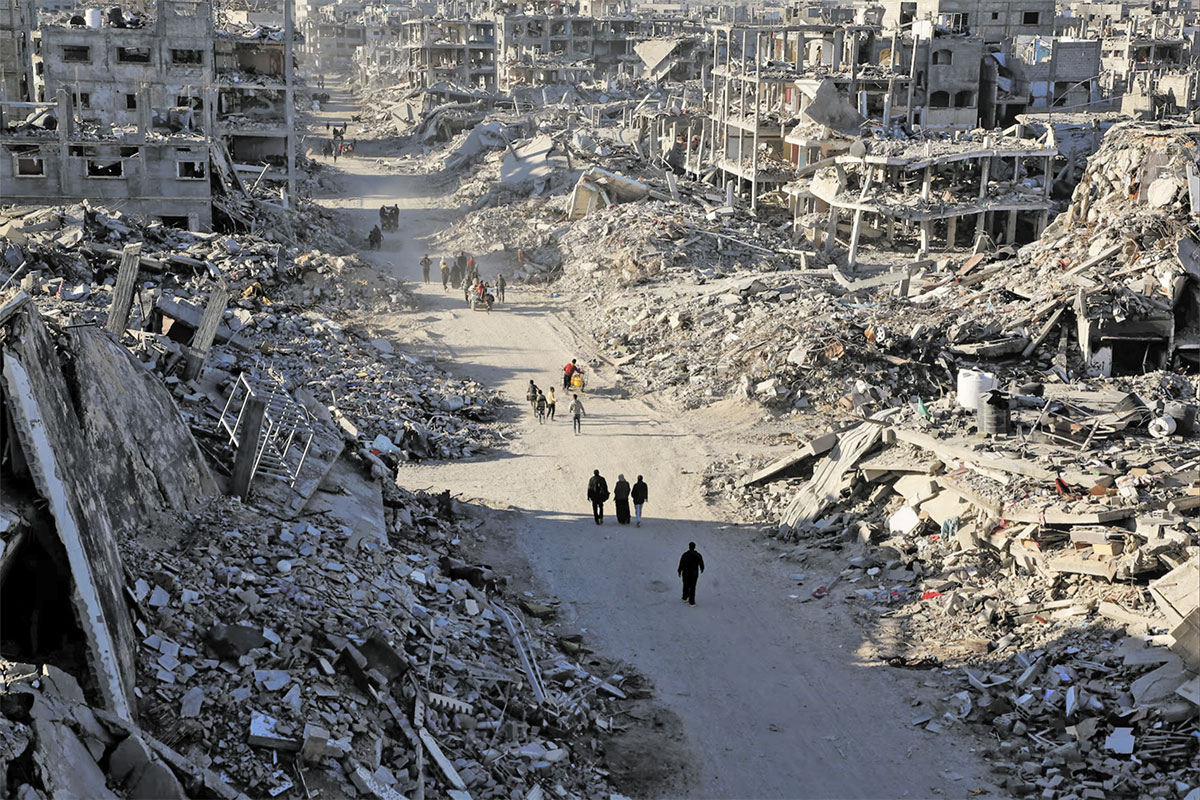 The impact of Israel’s brutal attack destroying property and homes of Palestinians in Rafah, on the southern Gaza Strip, on January 20, 2025. — Picture by REUTERS
The impact of Israel’s brutal attack destroying property and homes of Palestinians in Rafah, on the southern Gaza Strip, on January 20, 2025. — Picture by REUTERS











